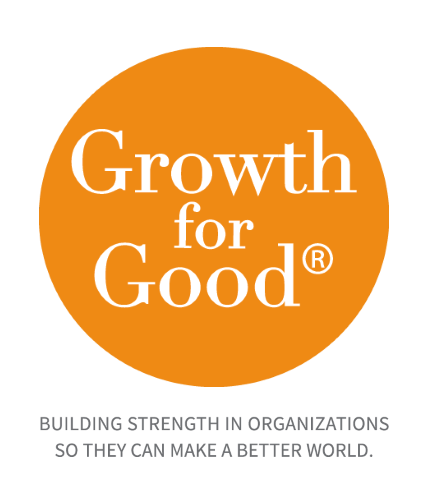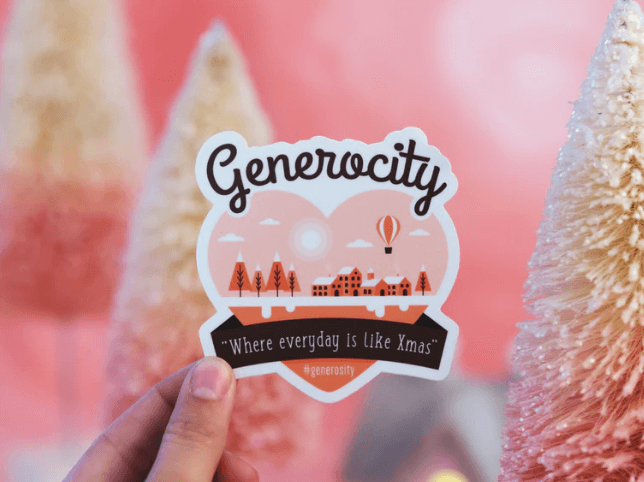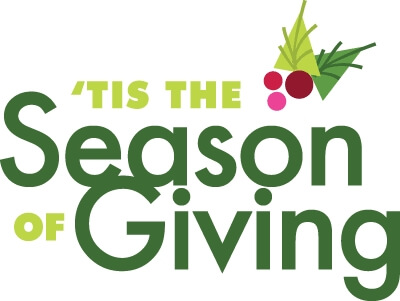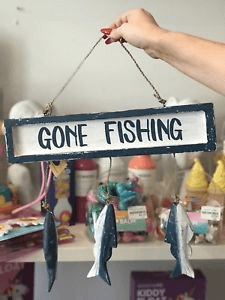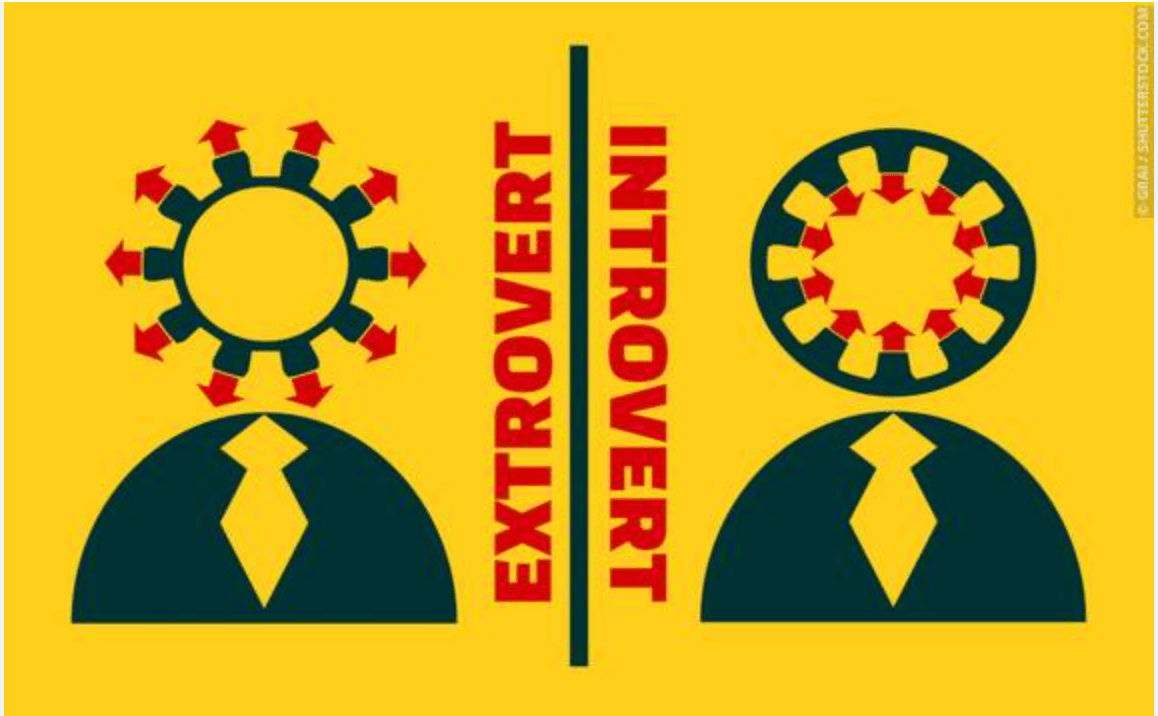Really? The Holiday Season in August?
Why not tackle the annual appeal?
Seeing holiday decorations displayed next to the back-to-school supplies during August when my brain yearns for more beach days makes me crazy. However, there is one advantage of holiday creep – it is a great time to tackle that year-end appeal. And why not? For development offices this is a relatively quiet month with most donors (and bosses) on vacation.
Here are our tips for an August Year-End Appeal Project:
Planning
One of our favorite sayings at Growth for Good is “Make the plan; work the plan.”
- Create your end-of-year task and timeline.
- Ask program staff for powerful stories: People donate because they’re compelled to personally be a part of something that makes the world a better place. Tell a story to make the point – the New York Times often starts off with a story even for the most complex report about a policy– because it’s the most powerful way to demonstrate impact.
- Find (or take) photos of your program participants that show impact, utilizing surprising cropping or interesting angles. (See Laying Out the Letter and the Emails)
- Segment your donor mailing list into a minimum of three categories for three different letter types:
- Donors who give year after year
- Donors who gave for the first time last year
- Donors who gave in the past but not last year
- Draft the copy for the letters. (See Drafting the Letter Copy)
- Donors who give year after year: Write a brief (1-1.5 page) letter. They already know you and just need a little update and a reminder of how important they are to accomplishing the mission.
- Donors who gave for the first time last year: Write a slightly longer letter that focuses on how their help makes the mission and programming possible.
- Donors who gave in the past but not last year: Use a version of the slightly longer letter making the point, “We missed your gift last year.”
- Create and design the follow-up email campaign and digital interface. (See A Few Email Best Practice Tips)
- Draft the copy for your emails and the follow-up emails, planning for at least one per week with three to five hitting the last week of December
Laying Out the Letter and the Emails
- Use images in the letter and in all of the emails. Not only does a picture paint a thousand words – it turns out we process photos 60,000 times faster than what we read.
- Use short video clips in the emails
Drafting the Letter Copy
Don’t
- Do not write in third person; this is not a college essay.
- Never use “Dear Friend” as the salutation. In today’s world there is no reason not to personalize every single letter.
- Don’t make the letter a brag sheet about your organization’s accomplishments.
- Don’t use a digital signature.
- Don’t skip a plan for email follow up to snail mail.
Do
- Personalize the letter as much as possible. The more the letter seems like it is from one person to another, the better.
- Start with a thank you.
- Have the letter signed by the most important person in the organization or by the person closest to the prospective donor.
- Use real ink – preferably blue – even if someone else does the signing.
- Recruit board members and other important volunteers and supporters to adapt the letter and send it to their contacts, whom you then add to the email follow-up list.
- Make the letter about the donor – more you’s than we’s. People love to read about themselves. Make the letter and follow-up emails “donor centric.”
Tell your donor that he or she is going to change the world, not you.
Talking about your nonprofit is “self-centered.” Talking about your work out in the world and connecting your donor’s gift directly to your work is “donor-centered.”
Here are some examples of how to use the wrong and right way to write appeal letters:
WRONG – Here’s an “organization-centered” ask:
Your renewed annual support is needed to help us fight for a healthy natural environment.
RIGHT – Here’s the same ask in donor-centered language:
As a supporter of XYZ, you understand more than most the importance of the natural environment.
WRONG – Organization-centered ask:
We need help to break the cycle of poverty and reach the underserved.
RIGHT – Donor-centered ask:
Because of your support you can go to bed each night knowing that you have once again done your part to extend a helping hand.
WRONG – Organization-centered ask:
Your support is necessary to our ministry of providing care for those less fortunate and will make an impact on those in need in our community.
RIGHT – Donor-centered ask:
Your support helps minister directly to those less fortunate. Your generous gift of $xxx will feed a family of five for one week.
A Few Email Best Practice Tips
Timing Is Everything:
Choosing the right time to send out an email requires some work on your part. Constant Contact found that sending emails on Monday at 6 a.m. resulted in the highest open rates for nonprofits. On the other hand, some fundraising experts suggest sending your emails out midday. What does this mean for your organization? It means that you just might have to figure out the best time for your audience by sampling them. Compare the open rates for two groups of recipients receiving emails at different times using A/B testing, and whichever time results in a higher conversion should be used going forward.
Subject Lines Are King:
Keep it short and smart. Thirty-three percent of people open an email based on what the subject line says. If they don’t open it, they won’t read it.
Here are some tips for subject lines that are hooks:
- Ask, don’t tell – A person stops and thinks when a question is posed. Research says they also click through more often for a question.
- Shorter is better! – Keep under 15 characters; sentence fragments are fine.
- Urgent, time-bound messages – Time, and the shortage of it, is one of the world’s oldest motivators to get humans to act.
Personalize the Greeting
Personalization is key, increasing the open rate by 10%. Use first names!
Keep It Concise
With email, brevity is essential. Aim to write between two to three paragraphs. Keep it short, sweet, and to the point.
Make the ASK Stand Out
Fundraising emails require clear asks. Including a donate button is essential. Forget your branding colors for this button; research says that red is the best color for Donate Now buttons.
Optimize for Mobile
We talk incessantly about optimizing your website for mobile, but your fundraising emails must also work on a cell phone. Today, more than 50% of emails are read on a smart phone. To optimize for mobile devices:
- Enlarge your links and any other buttons that you want readers to click to at least 57×57 pixels
- Resize your images for mobile devices
- Use a single column layout
Resources We Love
Our guru on all things annual appeal, Tom Ahern: Check out his website, read all of his books, take his courses.
Our branding and images heroes – Big Duck: Read their blogs and take their courses.
Other Resources:
https://www.causevox.com/blog/9-examples-of-video-storytelling-for-online-fundraising-campaigns/
https://trust.guidestar.org/six-ways-to-punch-up-your-fundraising-appeals
https://trust.guidestar.org/every-fundraising-appeal-should-include-these-five-slants
Use free or low-cost images from stock photo sites such as Unsplash, iStock and Alamy. Their images are often better than what you might have on hand and do not violate copyright laws.
And, if you can’t get this done in August or September, (cause – hey you may be at the beach!) consider hiring Growth for Good to write and manage your 2018 annual appeal!
Photo Credits: Unsplash, Generosity, and Cape Shore
What our clients say about us
“Thanks to you and your guidance and support, we saw a 31% increase over last year and a 76% (increase) over two years! Amazing! We couldn’t have done it without you.” Jenna Hammond, Celebrate the Children
Recent Posts
Subscribe to Our Newsletter
* These fields are required.
Contact Us
500 Summit Avenue
Maplewood, NJ 07040
P: 973-762-7645
E: contact@growthforgood.com
